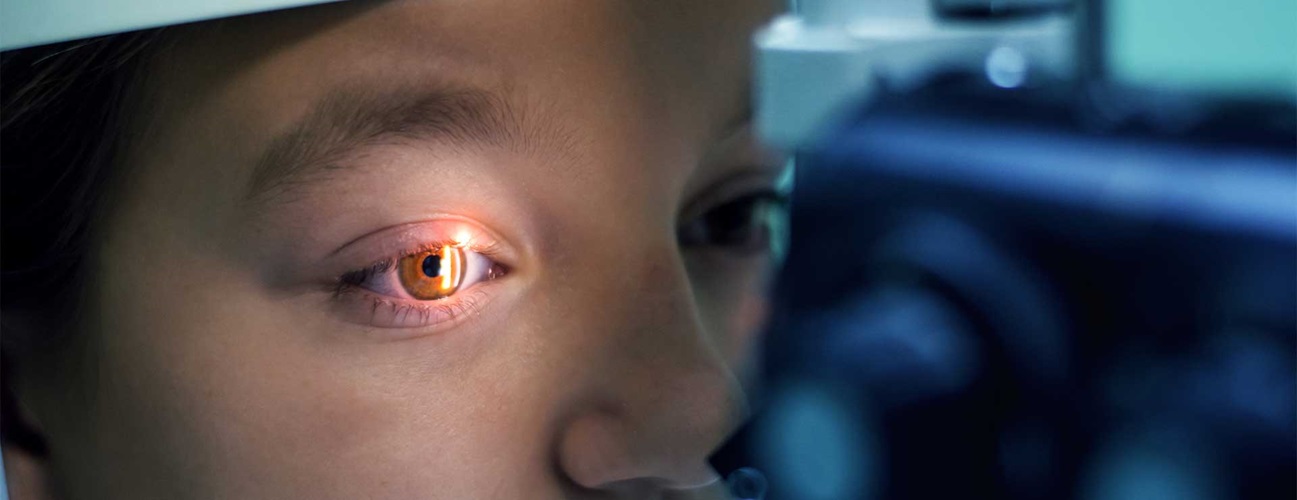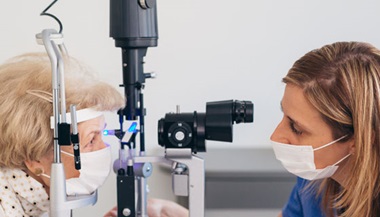Granular Corneal Dystrophy
Reviewed By:
What You Need to Know
- Granular corneal dystrophy is the slow forming of deposits in the middle layer of the cornea, which can lead to vision impairment and discomfort.
- Symptoms include decreased vision and eye discomfort or pain.
- Treatments range from eye drops to corneal transplant surgery, depending on the condition’s severity.
What is granular corneal dystrophy?
Granular corneal dystrophy is a rare, slow-progressing condition that affects the stromal (middle) layer of the cornea in both eyes. The cornea is the outermost layer of the eye. Deposits form in the cornea during the early decades of life and can cause discomfort and/or pain in the eye and eventual vision impairment later in life. All forms of corneal dystrophy are inherited genetic diseases.
Granular corneal dystrophy is categorized into two types:
Granular corneal dystrophy Type 1: Type 1 is characterized by deposits in the middle layer of the cornea that slowly form together to create larger deposits resembling breadcrumbs. These deposits typically form during late adolescence or early adulthood. Deposits may cause recurrent corneal erosions (RCE), which are the repeated breakdown of cells on the epithelial (top) layer of the cornea. This breakdown causes sharp pain on the eye’s surface, particularly after waking up from sleep or when the eyes are dry.
Granular corneal dystrophy Type 2: Type 2 is also known as Avellino corneal dystrophy. In Type 2, irregularly shaped deposits form in the middle layer of the cornea. These deposits typically form during early to late childhood, with fewer deposits than what is found in Type 1. These deposits can cause RCE after their growth.
Symptoms of Granular Corneal Dystrophy
Symptoms may go unnoticed until corneal erosions form. These corneal erosions can cause decreased clarity of vision resulting from clouding of the cornea later in life. Other symptoms include sensitivity to light, eye discomfort or pain.
Diagnosis of Granular Corneal Dystrophy
Granular corneal dystrophy is often diagnosed during a routine eye exam.
Treatment of Granular Corneal Dystrophy
Treatment for nonsevere recurrent erosions from granular corneal dystrophy may include:
- Bandage soft contact lenses with prescribed antibiotic drops
- Antibiotic drops or ointment
Next Steps
Once RCEs from granular corneal dystrophy have resolved, you and your physician will discuss preventive treatments, which may include:
- Sodium chloride drops or artificial tear lubricating drops during the day.
- Lubricating ointment during night hours.
If RCEs occur despite preventive treatment, your physician may suggest surgical interventions such as:
- Corneal punctures, a procedure where needle punctures are needed to create an area to bind eye tissue to the top layer corneal cells
- Phototherapeutic keratectomy (PTK), a laser treatment that helps remove deposits and bind eye tissue to the top layer of corneal cells
- Corneal transplant surgery






